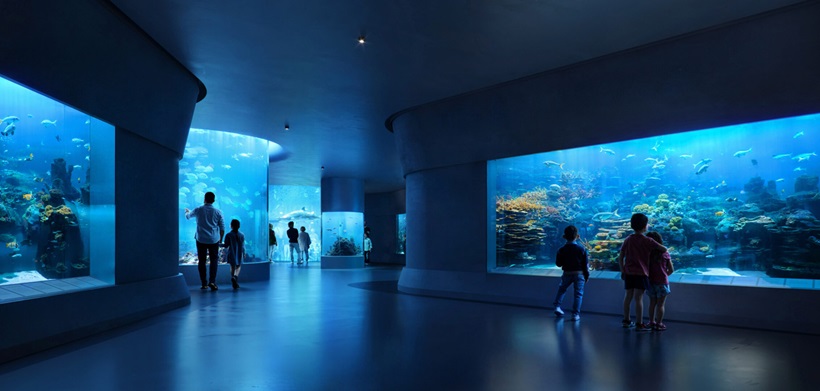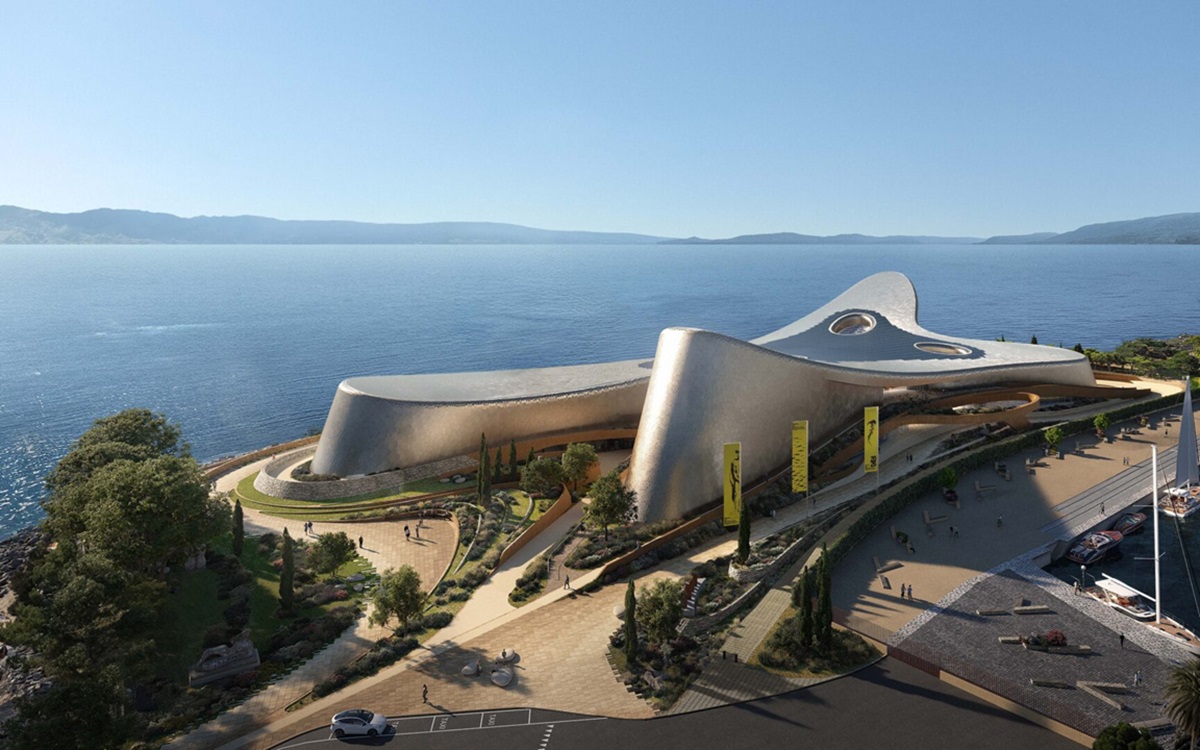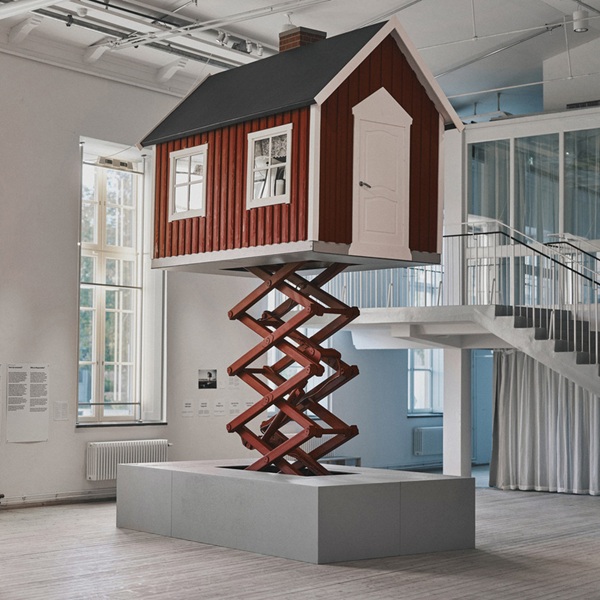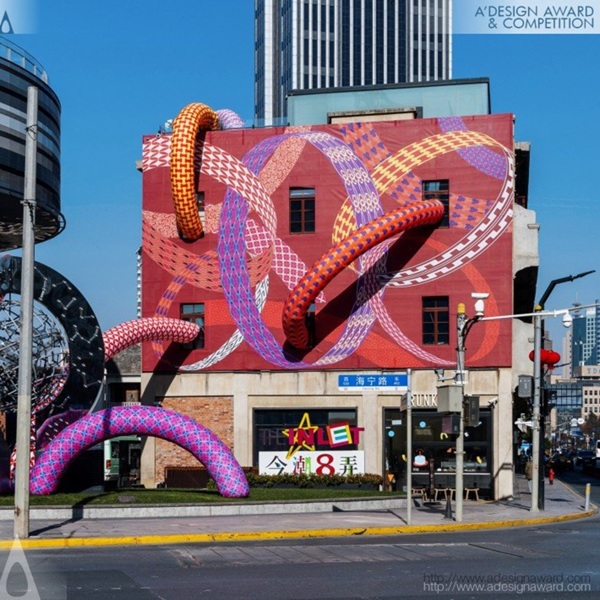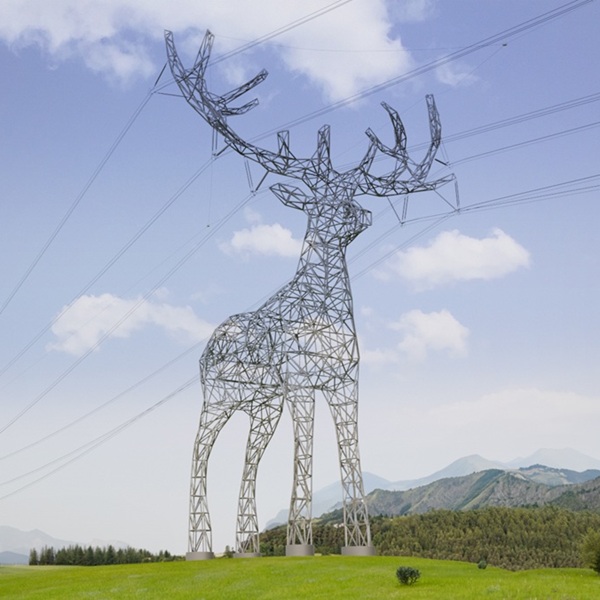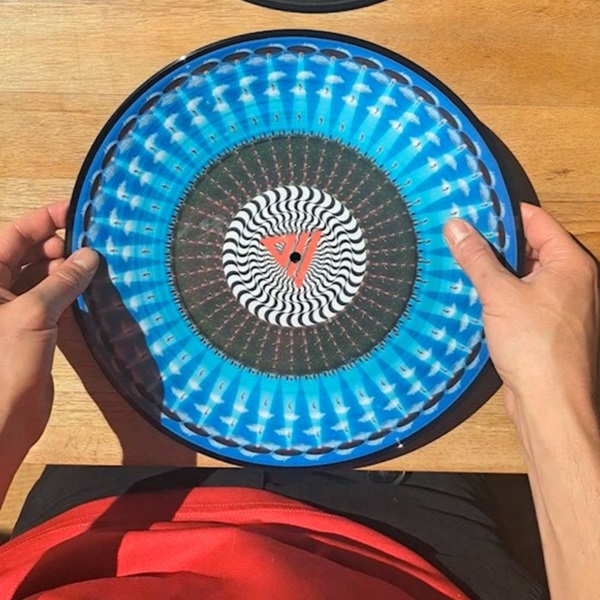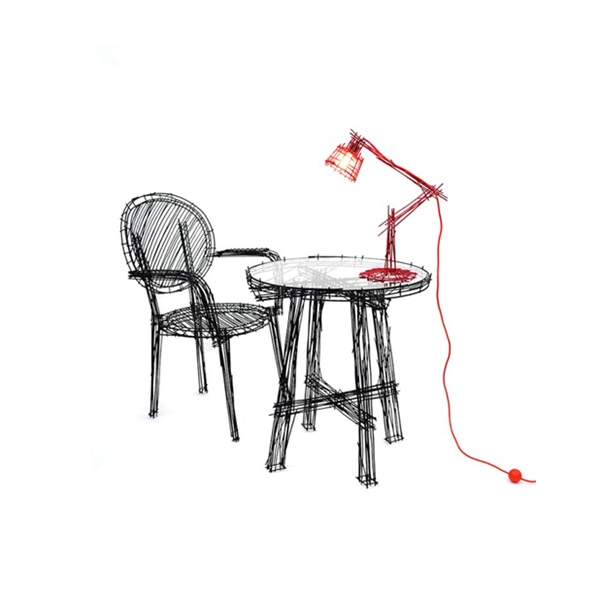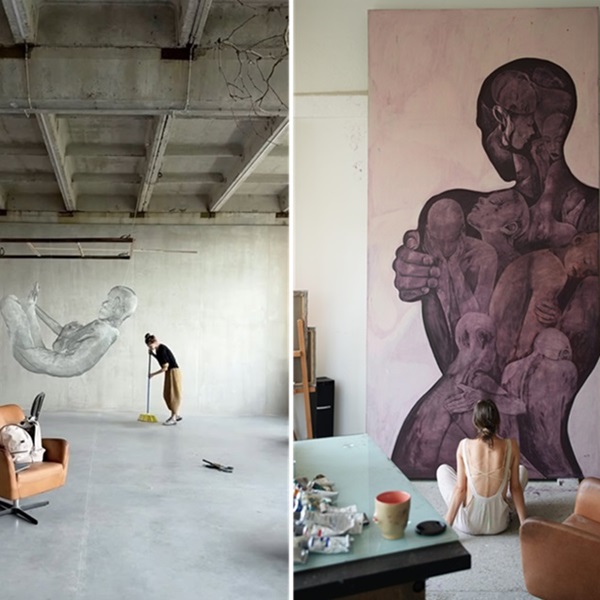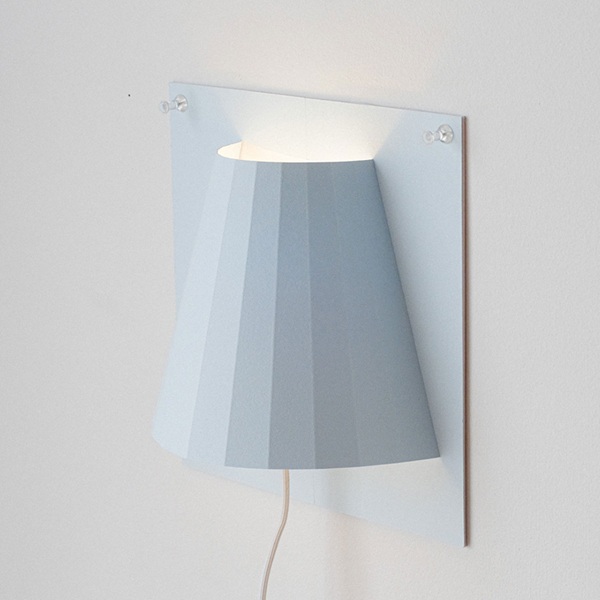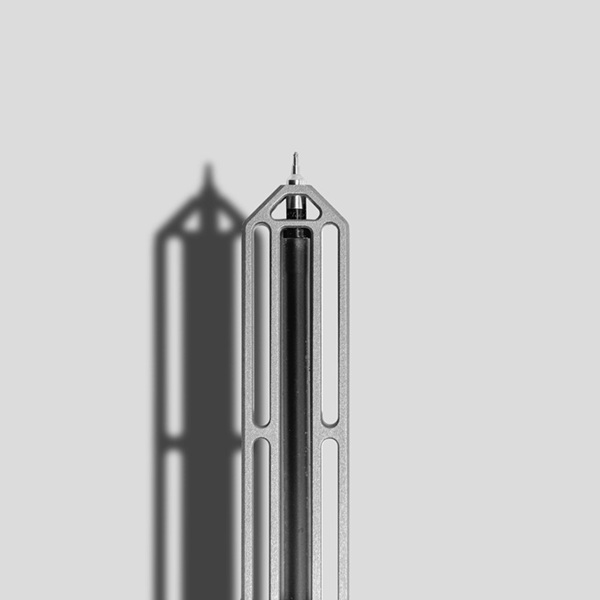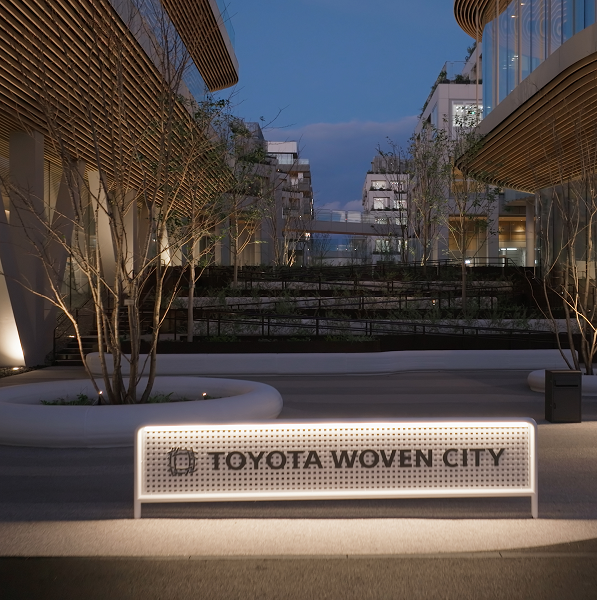The Centre of Mediterranean Culture redefines architectural boundaries with its fluid, wind-inspired form. The massive building is a design of Zaha Hadid Architects.

Image Credits: Zaha Hadid Architects
The Centre of Mediterranean Culture appears as if sculpted by natural forces with its blending curves and dynamic lines to reflect the movement of air over the sea. In addition, the organic design pays homage to the Mediterranean’s rich cultural heritage while embracing modern innovation.
Once you look at this 24,000 sqm building, you see both timeless and futuristic areas. With its bold aesthetic and purpose-driven functionality, this structure stands as a true masterpiece of contemporary architecture.
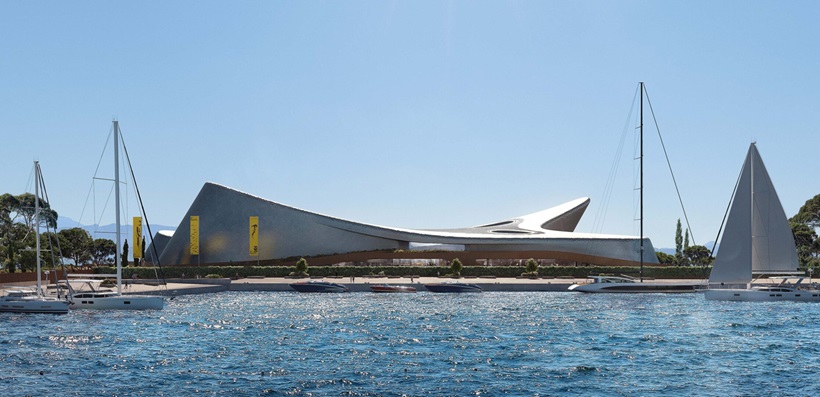
Groundbreaking Architectural Project by Zaha Hadid Architects
The Centre of Mediterranean Culture is taking shape in Reggio Calabria, Italy. This cultural hub spans around an impressive 3.2 million square feet to celebrate the deep connections between Mediterranean civilizations.
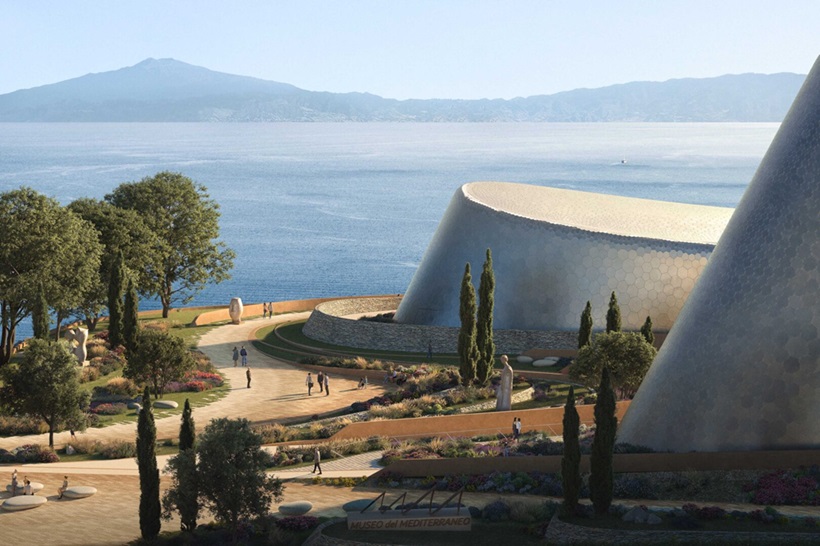
As the building is positioned along the city’s scenic waterfront, it integrates with the surroundings. In addition, it complements Reggio Calabria’s renowned archeological and art museums.
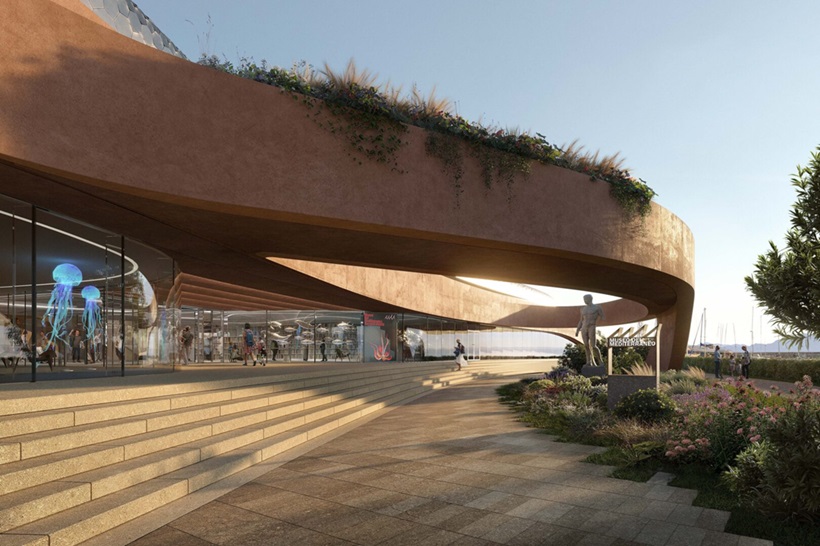
Additionally, we would like to mention that sustainability is at the core of this design. To reflect the commitment to environmental responsibility and innovative design, the structure incorporates energy-efficient systems. In addition, natural ventilation, optimized daylighting, solar panels, rainwater harvesting, and locally sourced materials set a new standard for sustainable architecture in the region.
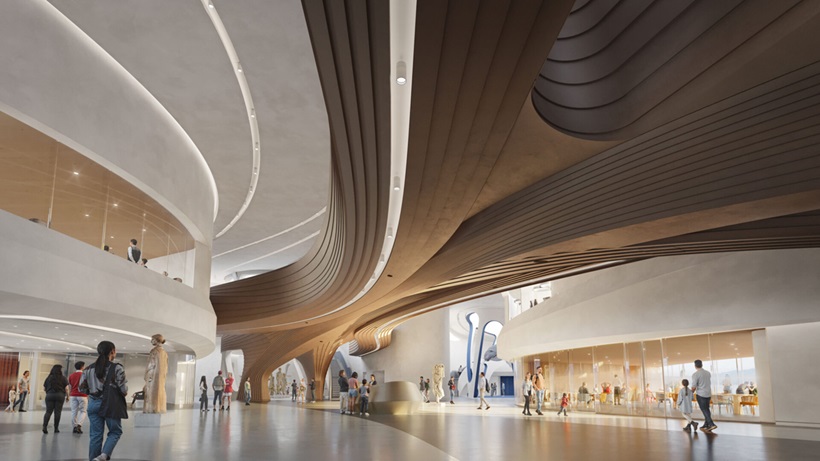
The Centre of Mediterranean Culture is designed to serve as a dynamic cultural hub. This structure will feature permanent and temporary exhibition galleries, an aquarium, multifunctional conference facilities, an auditorium, and educational spaces for local schools.
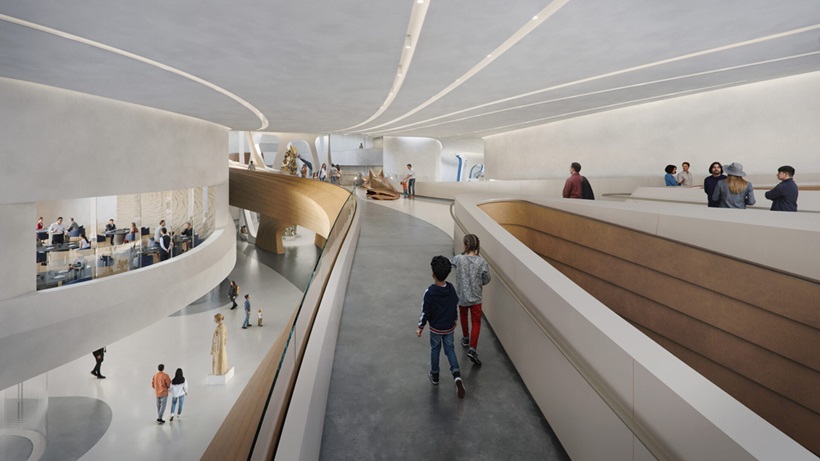
In addition, visitor amenities include a bookshop and a restaurant with views of the port. The building’s form responds to the local climate, with sheltered courtyards mitigating the strong Mediterranean sun and winds while offering views of the Strait of Messina and the city.
Lastly, the interior design reflects the Mediterranean’s marine environment. Each element employs color palettes and organic forms inspired by the region’s ecosystem.
